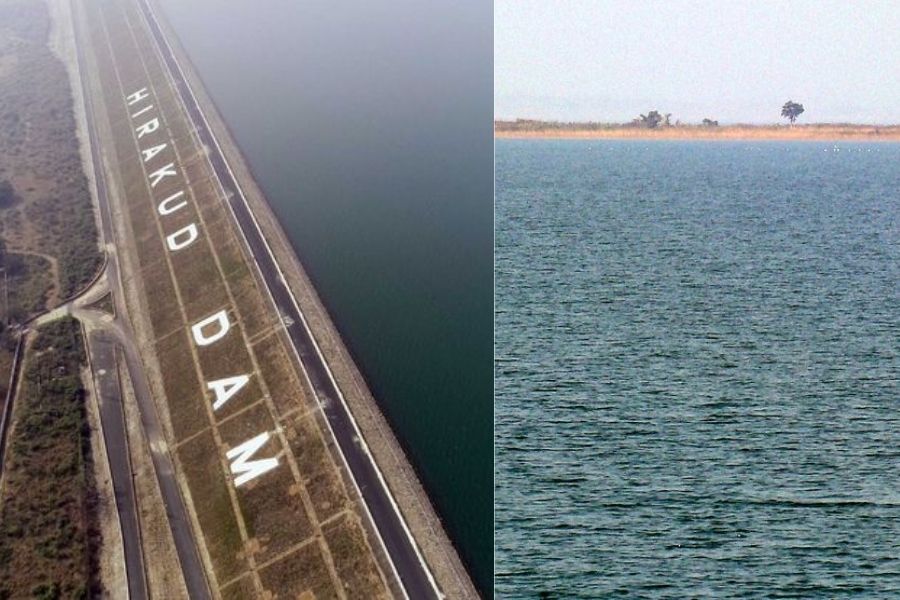
India’s dams are a marvel of civil engineering that channels the strength of the great rivers to provide water, irrigation, power, and flood control to millions. The ancient land is also a host to some of the biggest dam projects in the world.
The Tehri Dam, towering at 260 meters height, is not only the India’s highest dam but also one of the tallest dams in Asia. The Hirakud Dam is the longest one measuring 575 meters and the second largest in the country with its reservoir size of 52 sq km. Bhakra Nangal Dam, which is currently the second highest dam in India, is the 226 meters structure. For the reservoir capacity, the Indira Sagar Dam by far outweighs others with 12.22 cubic kilometer of water storage.
Some of India’s dams such as Nagarjunsagar and Mettur are over 50 yrs old but they still remain to have the largest installed capacity for hydroelectric power generation in the country. Tehri project can produce 2,400 MW of electricity. This is the Grand Anicut Dam, built in the 2nd century AD, is one of the oldest dams in existence and still in use.
In its approach, India has a great national project of interlinking of rivers, which involves transfer of water from water-surplus basins to water-deficit ones by means of dams and canals.
Through this article we will focus on the largest dams India, longest dams India, and highest dams India for the country’s development. So, let’s get started:
Largest Dams by Reservoir Capacity and Highest Dams by Height
India has a number of large and tall dams that serve as water storage facilities, flood control, and hydro-power generation. The height of a dam is a critical parameter and the taller the dam, the more water it holds back. The Bahakra Dam, Tehri Dam, and Kol Dam are the three largest and highest dams.
Bhakra Dam:
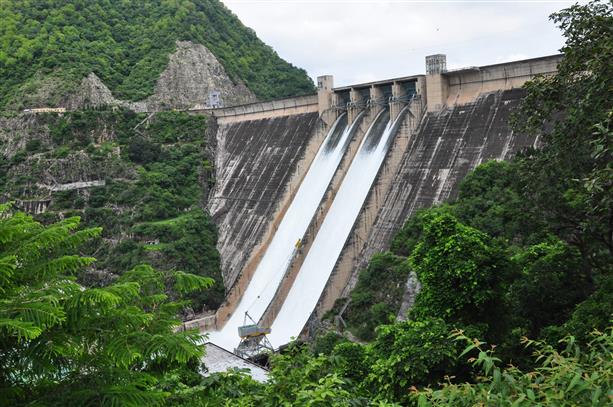
Bhakra Dam is located on the Sutlej River in Himachal Pradesh. It has 9.75 billion cubic meters reservoir capacity and is the largest of its kind in India and among the highest gravity dams in the world at 226 meters height.
| Dam Height | 226 m |
| Reservoir Capacity | 9.75 billion cubic meters |
| River | Sutlej River |
| Location | Himachal Pradesh |
| Constructed | 1963 |
| Purpose | Irrigation, flood control, hydroelectric power |
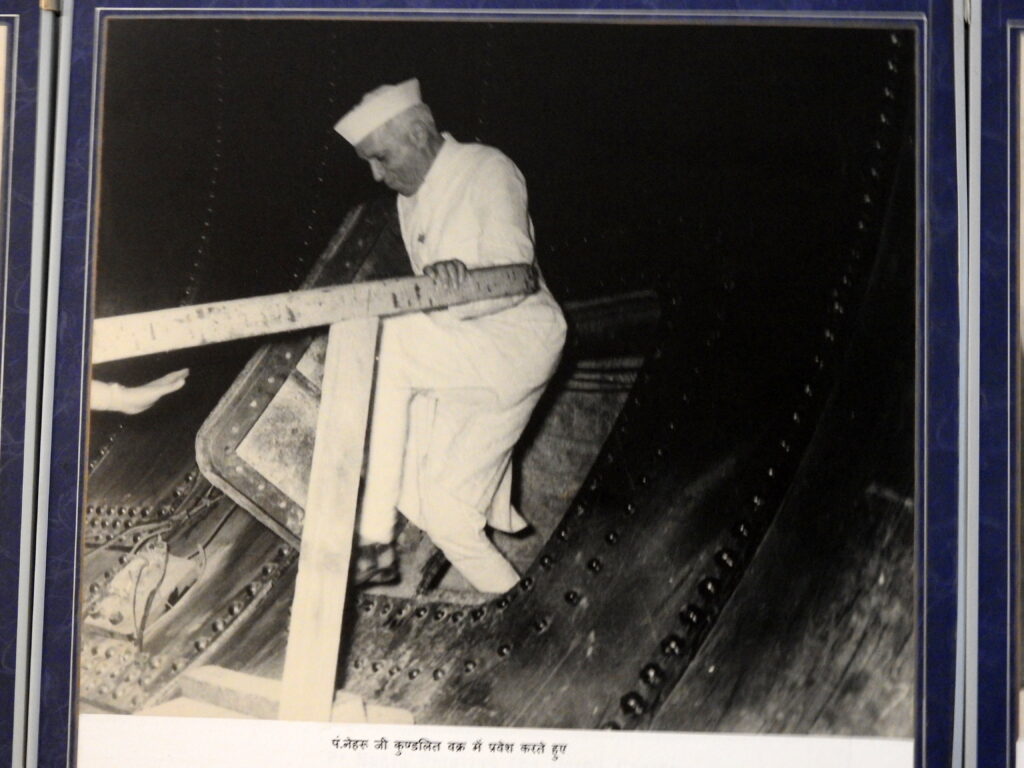
The water from the massive reservoir formed by the Bhakra Dam irrigate about 7 million acres of land in Punjab, Haryana, and Rajasthan. It generates hydroelectric power capacity of 1325 megawatts and provides essential energy access. The dam also mitigates damage caused by monsoon floods by controlling the downstream flows.
Tehri Dam:
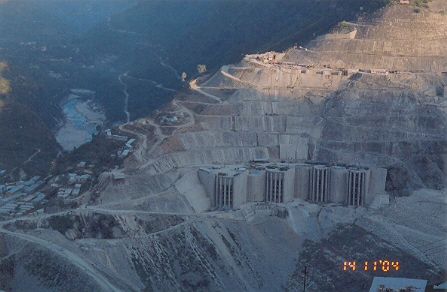
Tehri Dam is the tallest dam in India with a height of 260.5 meters tall. It is situated on Bhagirathi River in Uttarakhand, it holds the second largest reservoir capacity in India.
| Dam Height | 260.5 m |
| Reservoir Capacity | 8.1 billion cubic meters |
| River | Bhagirathi River |
| Location | Uttarakhand |
| Constructed | 2006 |
| Purpose | Irrigation, flood control, hydroelectric power |
The storage capacity of Tehri Dam reservoir provides irrigation to over 2.7 million acres of land and produces a hydroelectric capacity of 1000 megawatts. It offers good flood protection too. However, the dam was a controversial one because it was submerged in habitable land and environmental issues were raised.
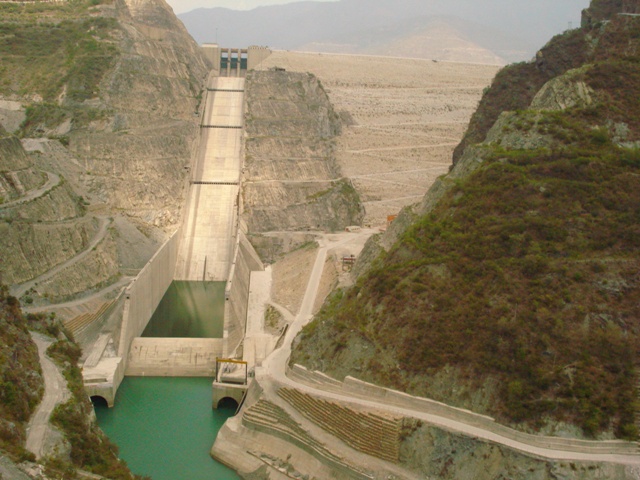
Koldam Dam:
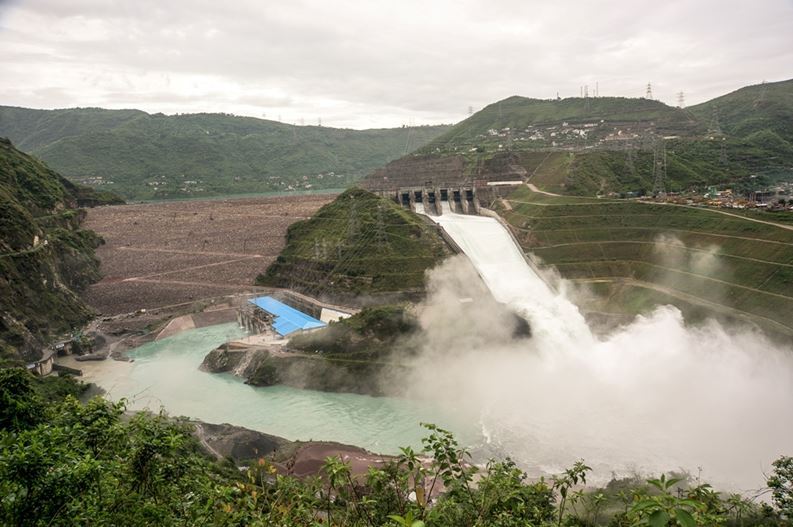
The KolDam is positioned further upstream on the Sutlej River in the state of Himachal Pradesh. The third dam has an adjacent reservoir of 7.865 billion cubic meters. Coming right after that at a height of 198 meters (650 feet) it is. This run-of-the-river hydroelectric dam is built across the Sutlej River and has a generation capacity of 800 megawatts, providing electricity to several states in northern India:
| Dam Height | 148 m |
| Reservoir Capacity | 7.865 billion cubic meters |
| River | Sutlej River |
| Location | Himachal Pradesh |
| Constructed | 1976 |
| Purpose | Irrigation, hydroelectric power |
These reservoirs together with the downstream Bhakra Dam are an integral part of the water management system for the region through their coordinated operation.
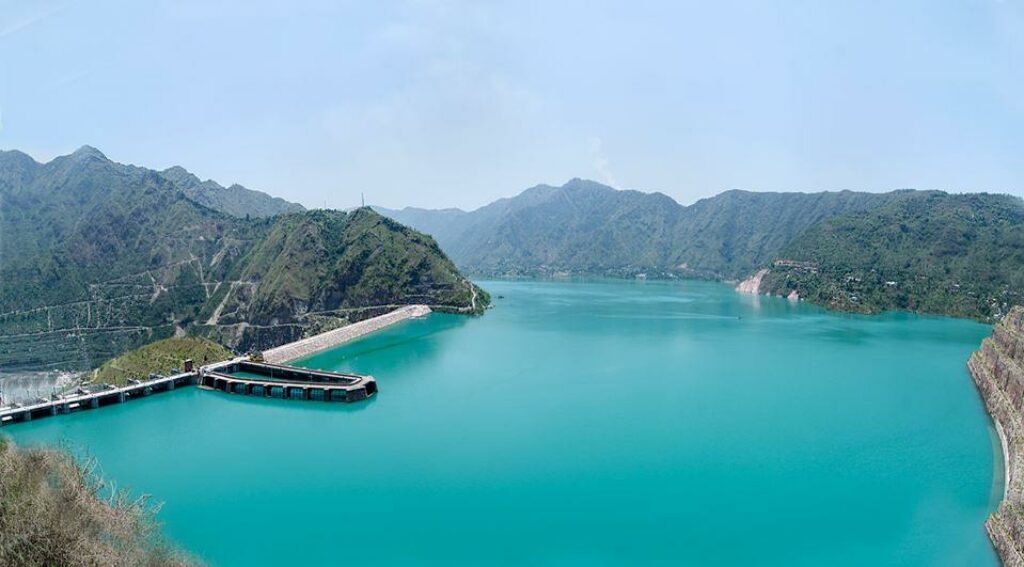
As an outcome, the Bhakra, Tehri, and Koldams provide for multipurpose water storage capacity which facilitates irrigation, flood control, and hydropower at a carbon-free platform for millions of people in Northern India. Their reservoir capacities rank 3rd, 4th and 6th largest in the nation. They are also honored as the highest dam in India.
Longest Dams by Length
India hosts some of the largest dams in the world. Dams are a backbone of the infrastructure, water won’t be able to be used for irrigation, electricity generation, and flood control. The length of a dam is the total length of the wall of a dam that is constructed to supply water. Below is a list of the three longest dams in India as per the total length.
Hirakud Dam, Odisha:
The Hirakud Dam which is across the Mahanadi River in Odisha in eastern India is built. This is the longest dam in India as it has a total length of 25.8 kilometers (16 miles). Some key facts about the Hirakud Dam:

Such a huge size of the Hirakud reservoir enables it to control the flooding in Mahanadi Delta region of Odisha in a very effective way. It also supports the irrigation of thousands of hectares of farmland.
Nagarjuna Sagar Dam, Telangana:

The Nagarjuna Sagar Dam built on the Krishna River of the southern state of Telangana in India. It measures 9.4 miles (15.1 kilometers) along the length of the dam wall.
| Year of Completion: | 1967 |
| Purpose: | Irrigation, electricity generation |
| Reservoir Length: | 100 km |
| Reservoir Capacity: | 11.5 cubic kilometers |
| Installed Capacity: | 815 MW |
Nagarjuna Sagar Reservoir is the largest reservoir of India based on the capacity.
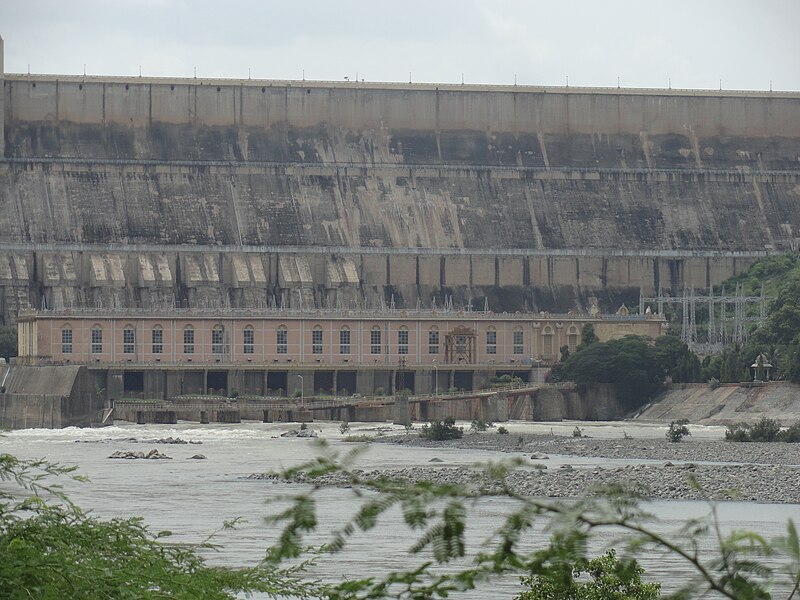
The dam furnishes irrigation water to mainly Telangana and Andhra Pradesh States, which are important for agriculture in the area. The dam has a hydroelectric power station of India’s largest capacity.
Indira Sagar Dam, Madhya Pradesh:
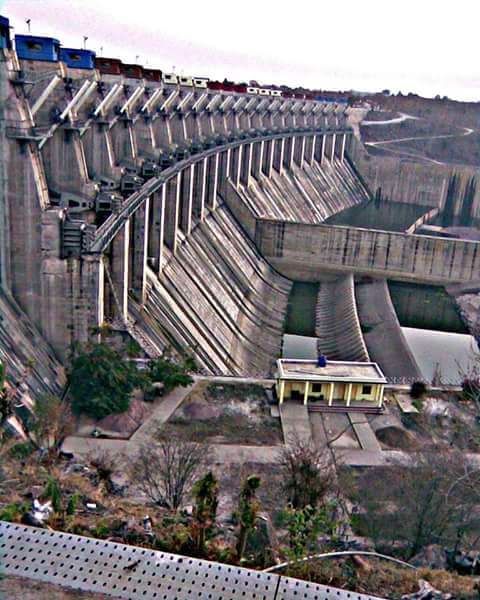
The Indira Sagar Dam is constructed across the Narmada River in the state of Madhya Pradesh in Central West India. It is 12.2 kilometers (7.6 miles) long.
| Year of Completion: | 2005 |
| Purpose: | Irrigation, electricity generation |
| Reservoir Length: | 214 km |
| Reservoir Capacity: | 12.22 cubic kilometers |
| Installed Capacity: | 1000 MW |
Despite having a shorter dam wall than the previous two dams, Indira Sagar reservoir is the largest reservoir in the Indian with respect to its capacity. The dam has several irrigation benefits to the Narmada River valley and also homes one of India’s biggest power stations.
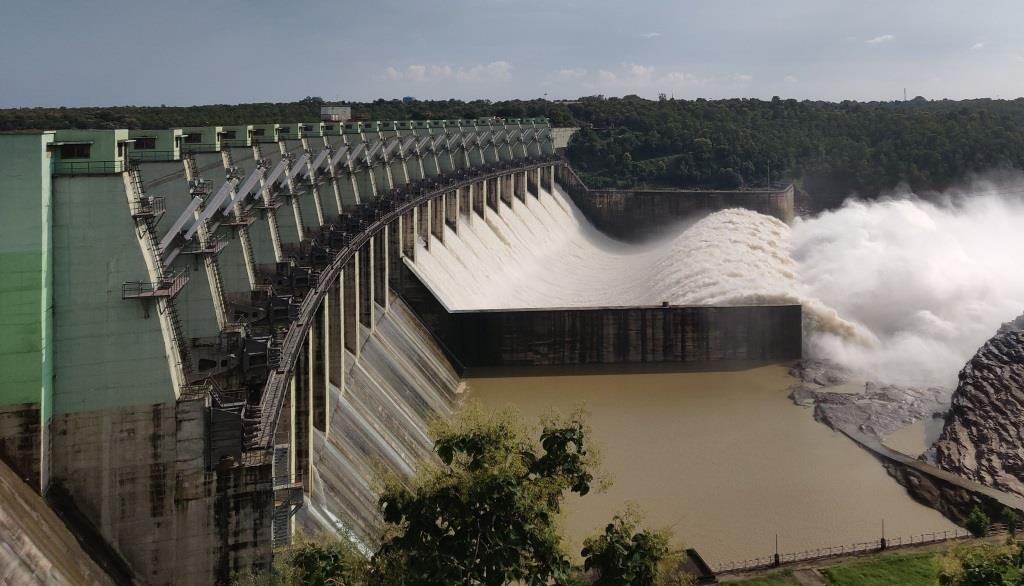
In the closing, the three biggest dams in India in terms of dam wall length are the Hirakud Dam at 25.8 km, Nagarjuna Sagar Dam at 15.1 km and Indira Sagar Dam at 12.2 km.
Other Notable Mentions
The other dams of India, apart from the above mentioned major projects, can also be categorized in terms of the size, generating capacity or irrigation potential.
Sardar Sarovar – Biggest by Commissioned Capacity:
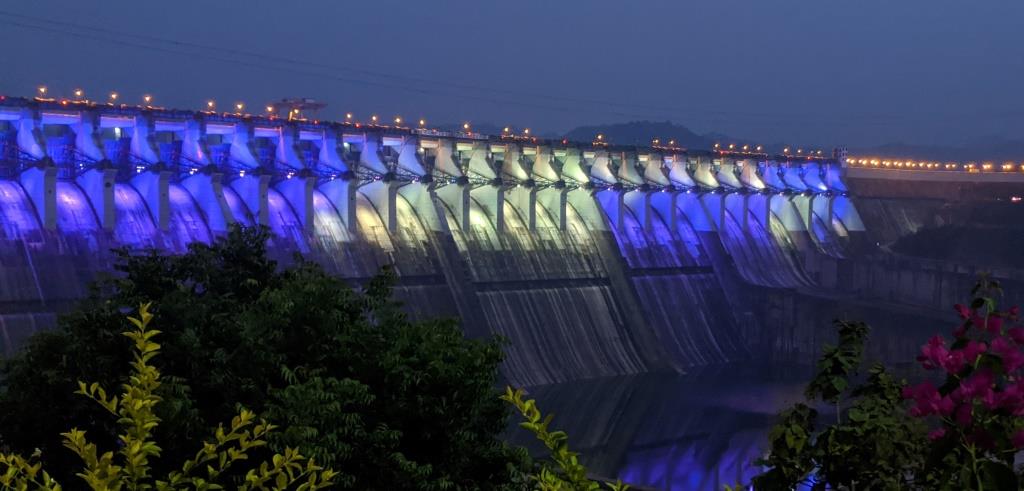
Sardar Sarovar Dam on Narmada River in Gujarat state is one of the largest dams of India in terms of installed generation capacity. Some key details are summarized below:
| Sardar Sarovar Dam Statistics | |
| Feature | Detail |
| River | Narmada River |
| Location | Gujarat |
| Type | Concrete gravity |
| Height | 163 meters |
| Length | 1,210 meters |
| Reservoir Capacity | 9.75 MAF |
| Power Generation Capacity | 1,450 MW |
As exhibited, the Sardar Sarovar Dam has the largest installed capacity of 1,450 MW among all the hydroelectric dams in India. Its reservoir also has a large capacity that can be used to support irrigation in addition to power generation.
Idukki Dam – The Largest Earthen Dam:
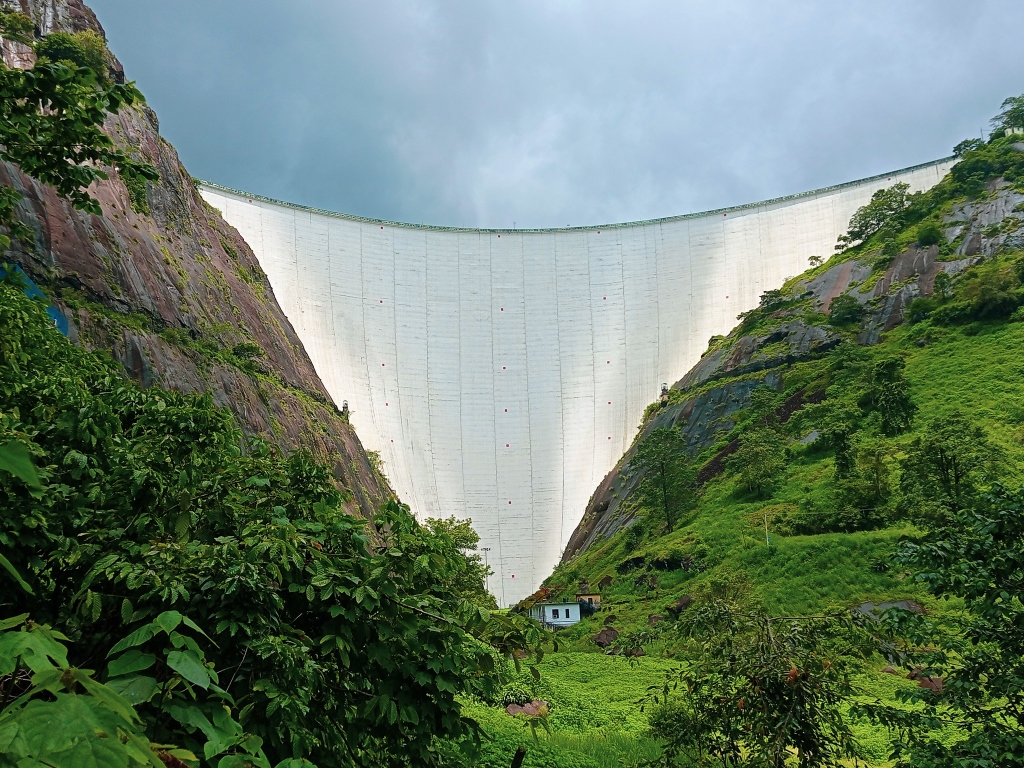
Idukki Dam in Kerala is the biggest dam based on structure volume in India. The earth dam is made of local soil and rocks and therefore has a big volume and length.
| Idukki Dam Parameters | Detail |
| Type | Earthen |
| Construction Volume | 1 million cubic meters |
| Height | 168.91 meters |
| Length | 365.85 meters |
| Reservoir Capacity | 2.3 million acre-feet |
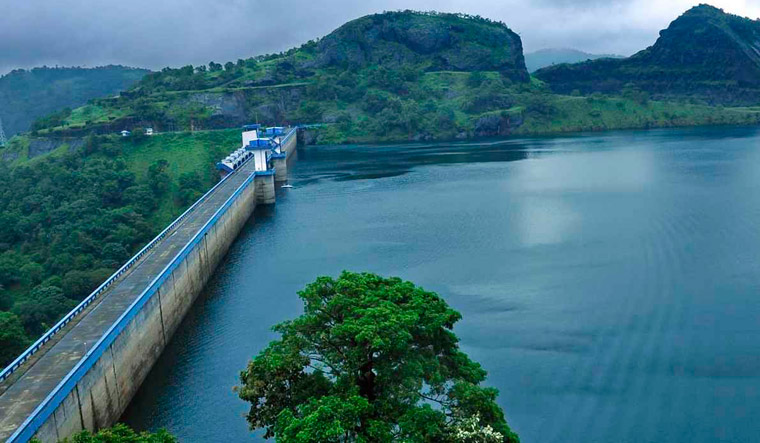
The Idukki Dam is the largest earthen embankment dam with a volume of more than 1 million cubic meters of earthen material. It generates a huge reservoir and powers hydroelectric generation for the area.
Indira Gandhi Canal Project – Largest Irrigation Network:
The Indira Gandhi Canal project in Rajasthan transfers water from the Ravi and Beas rivers to the Thar Desert region for irrigation purposes. It has the largest irrigation system of channels in India. The key characteristics include:
| Indira Gandhi Canal Statistics: | |
| Parameter | Detail |
| Canal Length | 449 miles |
| Command Area | 9,635 sq. miles |
| Irrigated Area Target | 2 million hectares |
| Number of Villages Benefitted | Over 4,500 |
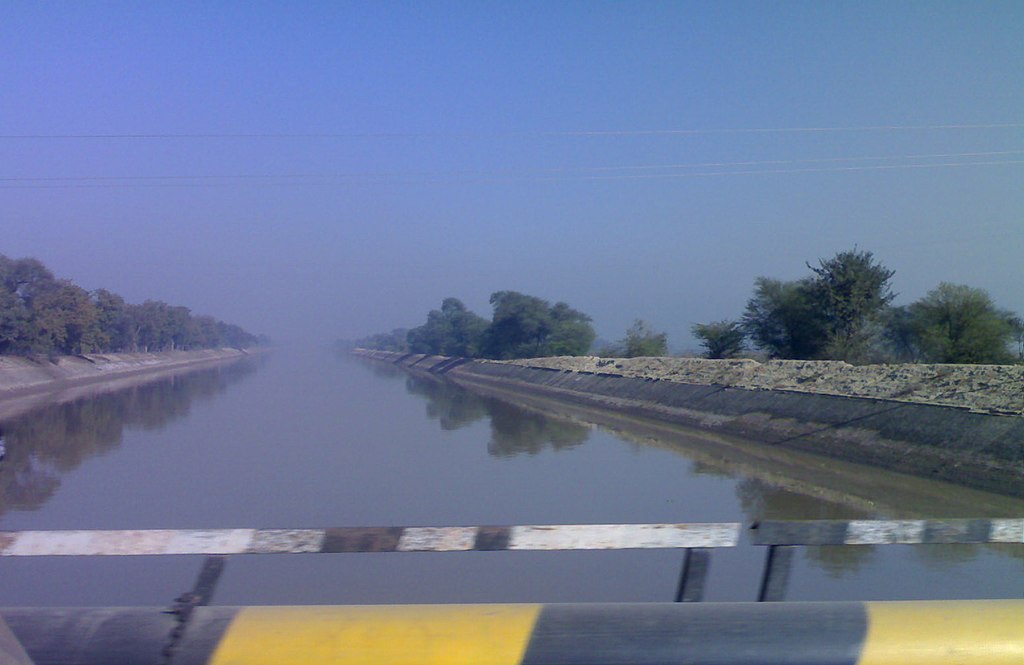
The Indira Gandhi Canal project with its network of canals measuring 449 miles long is meant to irrigate and provide water to over 2 million hectares of agricultural land in Rajasthan, benefiting thousands of villages. This is the largest irrigation project in India.
How many dam projects are there in India?
The dams in India have been built for a very long time, for irrigation, hydropower, and water storage purposes. The Central Water Commission of India reported in March 2022 that there were 5,745 large dams built and completed by then. At present, there are more than 400 dams under construction.
The large dams in India are mostly built for irrigation purposes. According to the latest figures, there are 4377 irrigation dams that have been completed and 200 more under construction all over the country. These dams serve as the reservoirs of monsoon rains which once dry, are used to irrigation the crops in dry seasons. The biggest irrigation dam project so far completed is the Indira Gandhi Canal in Rajasthan, which is 650 kilometer long and provides irrigation for 1.9 million hectares of agricultural land of the state.
Number of Completed Irrigation Dams in Major River Basins
| River Basin | Number of Dams |
| Ganga Basin | 1,016 |
| Godavari Basin | 943 |
| Krishna Basin | 864 |
| Narmada Basin | 555 |
| Mahanadi Basin | 411 |
| Other Basins | 588 |
| Total | 4,377 |
The next major purpose following irrigation for building dams in India is hydropower generation. Currently in 2022, there are more than 320 completed hydro power dams within the country. Some can generate power for cities and industries or the whole city. The largest hydroelectric power plant is Tehri Dam complex in Uttarakhand and it can produce more than 2,400 megawatts of electricity.
The dams, in addition to their role of storing the water, also carry out other important water storage operations like providing drinking water supply in India. With the rapid growth of Indian cities and the aging infrastructure that has to be faced along with the climate change impacts, dams and reservoirs can provide water supply throughout the year to millions. Mumbai water supply system, for instance, gets the major part of its water (50%) from the dammed lakes situated within city limits.
Therefore, the country has over 5,800 large dams functioning to cater for irrigation, power, water supply and other needs – dam construction has been the framework of India’s water security and development planning for several decades. The dam based management of water becoming more and more inevitable is only expected to intensify with the increasing fluctuations in the intensity and frequency of the monsoon.
Which state has largest no dams in India?
India has a huge network of dams all over the country for irrigation, hydropower production and water supply functions. The states having the highest number of dams are invariably led by Maharashtra with a considerable margin.
Moreover, 2021 data of National Register of Large Dams shows that Maharashtra has the largest number of completed large dams (1,845). ‘Large dam’ here refers to a dam that has a height of more than 15 meters from the foundation. After Maharashtra, Madhya Pradesh and Gujarat take next positions with 906 and 645 large dams respectively.
State-Wise Breakdown of Number of Dams in India
| State | Number of Dams |
| Maharashtra | 1,845 |
| Madhya Pradesh | 906 |
| Gujarat | 645 |
| Andhra Pradesh | 565 |
| Karnataka | 564 |
| Tamil Nadu | 555 |
The larger dams in Maharashtra are mainly constructed over the Krishna, Godavari and Tapi Rivers and their tributaries flowing in the state. Diverting water to Marathwada, a region frequently hit by drought, is one of the primary objectives of the dams, along with supplying water to the sugarcane and cotton crop and hydroelectricity generation.
Among the most renowned large dams, the Koyna Dam (103 meters high) built on the Koyna River is one of them which produce 1920 Megawatts of hydroelectricity. The Jayakwadi dam (260 ft high) is one of the largest earthen dams in Asia, located on Godavari River and supplies irrigation water to 2.5 million hectares of land.
Conclusion:
The dam construction in India is a grand spectacle of a nation’s engineering know-how and resolve to utilize its vast water reserves. To mention a few in the last few decades giants such as 1,210 meter long Sardar Sarovar, 260 meter tall Tehri gravity dam and 25.8 km stretch of the Hirakud dam have risen across rivers to store and utilize water. Amid the concrete and earth giants lies the Indian ambition to develop agriculture, minimize floods, electrify homes, and drive the overall development.
Dams provide the backbone of food and water security to millions in India. Through depositing monsoon floods into regulated reservoirs, dams enable irrigation of farms even for the driest periods of the year. The Indira Sagar Dam waters that make up 12.22 cubic km can irrigate millions of hectares. However, as important is hydropower – dams like Sardar Sarovar with its 1,450 MW capacity power cities and towns. Similarly, floodgates built for water supply, such as the ones that improve the life of millions of people in Mumbai, are also in this category. Damming provides assurance during the wet seasons when raging rivers are a menace.
Emerging new challenges are overcome by India with its future-oriented dams that meet the growing needs of the country. The National River Linking Project through a network of canals and dam for the transfer of water will be a major step towards water optimization. The securities as well as the adaptability features of dams are taking more focus while the climate change is making the weather irregularities more intense. Building new dams also compels more responsible rehabilitation and environmental mitigation.
Recognizing the past accomplishments, it is not surprising that the building of India dams will reach new heights. But the bigwigs in that old repertoire, there are new innovations in dam building and the emergence of technology that will help the country to venture into new frontiers. The approach of sustainable development will provide India with the upcoming dams a route to water security which will make it the agricultural and economic powerhouse in the future.
Also read,






